The San Juan Islands are a gorgeous place to visit and half the fun is the 1+ hour ferry ride that it takes to get there. However, the islands are a popular destination and it can be a bit of a challenge to plan a trip there. Rather than write this up multiple times in various emails to people, I thought I’d capture it all on a single page that I can share in the future.
1. Plan Ahead for the Ferry Ride
- Ferry Costs: The ferry ride to the San Juan Islands isn’t cheap, but keep in mind that you’re paying for a round-trip ticket. You’ll pay to get to the island, and the return trip is free. Check the fares ahead of time to avoid surprises. We recently paid $90 for a car, two adults, two seniors, and one child.
- Anacortes Ferry Terminal: The Anacortes Ferry Terminal is busy. Multiple boats operate from here, so expect queues. Reservations are highly recommended! You can make a reservation for free, and there’s no charge for canceling up to 5 pm the day before. Just ensure you’re in line within 30 minutes of the scheduled sailing time to avoid a no-show fee. Remember, you pay the actual ferry fare when you arrive, not when you make the reservation.
- Ferry Schedules: The ferry schedules are limited due to the approximately 1-1.5 hour ride each way and multiple destinations. Sometimes, your ferry might even stop at another island along the route. Check the schedules in advance to plan your trip effectively.
2. Timing Your Day Trip
- Be Prepared for a Long Day: With less frequent sailings, it can be challenging to make a day trip. For instance, we left home at 8 am, got back at 7 pm and had about 4 hours on the island.
3. Transportation Options
- Driving vs. Walking On: While it’s cheaper and easier to walk onto the ferry and park your car at Anacortes, this option limits your mobility on the other end. If you drive your car, you’ll have more flexibility to explore the island, but be prepared to carry your supplies.
4. Choosing Your Island
- Shaw Island: Shaw Island is more rural. I’ve never been there and I don’t think that it’s generally a day-trip tourist spot.
- Lopez Island: We once stayed at an Airbnb on Lopez Island. It’s a bit busier than Shaw but still maintains a laid-back vibe.
- Orcas Island: This is a big island with plenty of tourist activities, but they’re not very close to the dock. Figure out your transportation in advance. (We always drive our car onto the ferry.) There’s a decent-sized town and a state park with great camping but make your reservations for the campground early.
- Friday Habor: Friday Harbor, technically part of San Juan Island, is full of tourism options. Many attractions are within walking distance of the ferry terminal. If you have a car, explore three excellent park options. Don’t miss learning about the “Pig War” historical event. There’s a National Historic Park on both ends of the island (one American camp and one British camp). Additionally, Lime Kiln State Park in the middle is renowned for whale watching from shore. Right by the ferry terminal, you’ll find food options. San Juan Island Brewery is a favorite stop for us, offering a variety of good beer and a substantial food selection (including pizzas, soups, burgers, chicken, and sandwiches). They have around 10-15 beers on tap, and it’s kid-friendly. Most entrees are priced at about $17-20.
I had no idea about the incredible Washington State Ferry system when I moved out here, but it’s the second busiest ferry system in the world (second only to the British Columbia ferry system.) They make for fantastic day trips!




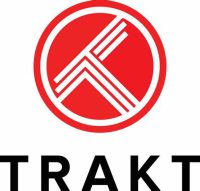

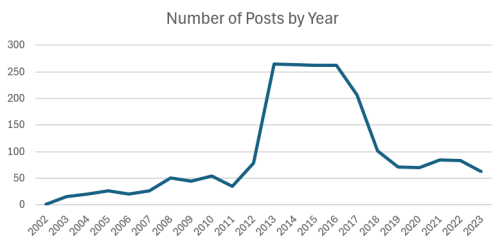
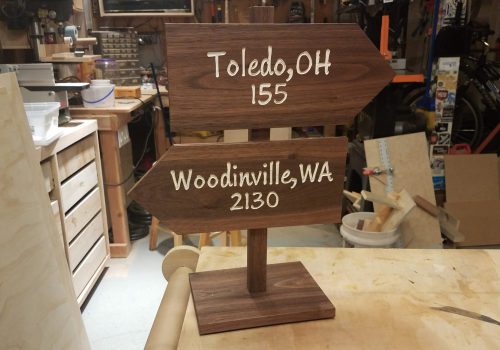

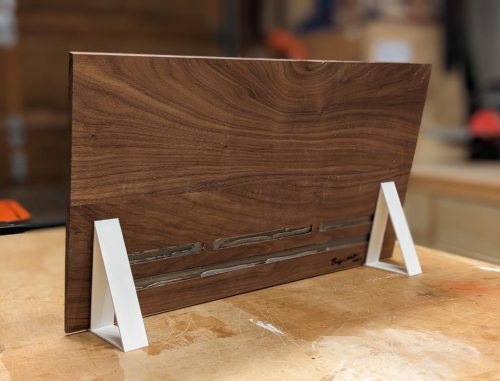
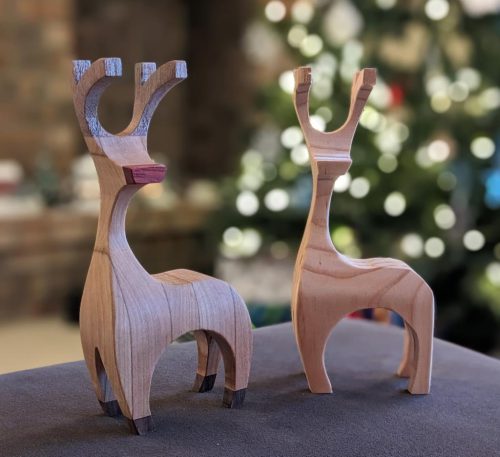
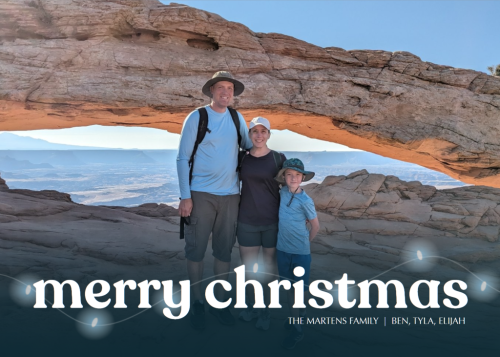
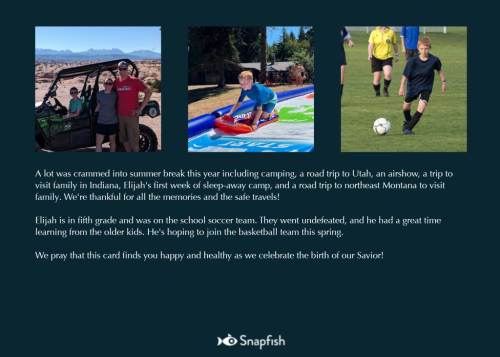
Picking Stocks
A relative is going through a class in school where they are picking stocks to see who can make the most play money over the course of the class. On the surface, I think it’s a fine idea, but if this is the only exposure that the students have to the stock market, it might do more harm than good. Picking individual stocks is risky at best and pure gambling at worst. It can be a fun hobby but it should almost never be used as a real investment strategy. So what to do? I sent them some thoughts and figured I would post it here as well.
John Bogle, the visionary behind Vanguard, shares his wisdom in the book “The Little Book of Common Sense Investing” which I’ve written about before. It’s concise, backed by research, and a must-read for anyone thinking of investing their money. Bogle’s book dispels common myths about investing. Here’s the bottom line: picking individual stocks or relying on mutual funds managed by others is a losing game over the long haul. Sure, there might be temporary hot streaks, but consistently beating the market over decades is effectively impossible. The market wouldn’t work if it was possible to consistently beat it.
So, what’s the winning strategy? Low-cost, total market index funds.
The only thing left at that point is to figure out which actual funds to buy. This is where strategies can vary a bit, but they’re generaly fairly similar. Here are two popular strategies:
Of course it’s important to remeember that all of this investing has a bigger tax burden than tax-advantaged accounts like a 401k or IRA. Investing directly in the market is generally only something to consider after you’ve maxed out your better options. Financial health can feel overwhelming but as I’ve written about before, this flow chart does a great job of breaking it down. Or if that’s too much, start with Dave Ramsey’s 7 Steps.
I’m no expert and you shouldn’t blindly follow anything I’ve written here, but you should have your own opinions about this. If you’re going to rely on individual stocks, you should read Bogle’s book and be able to explain why you think he’s wrong. It’s so easy to get sucked into thinking this has to be complicated, but the complicated route will almost always lose you huge amounts of money down the road.